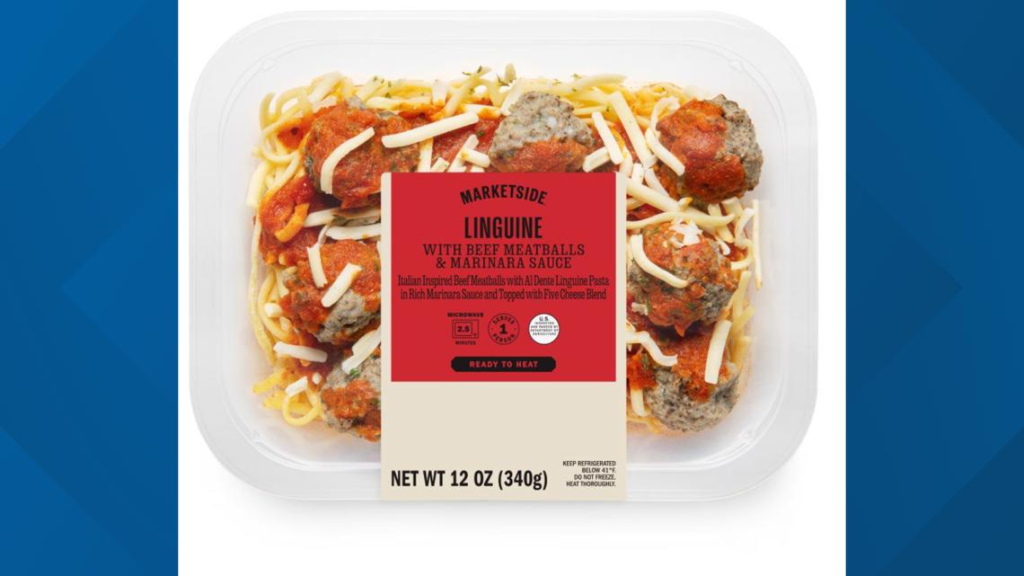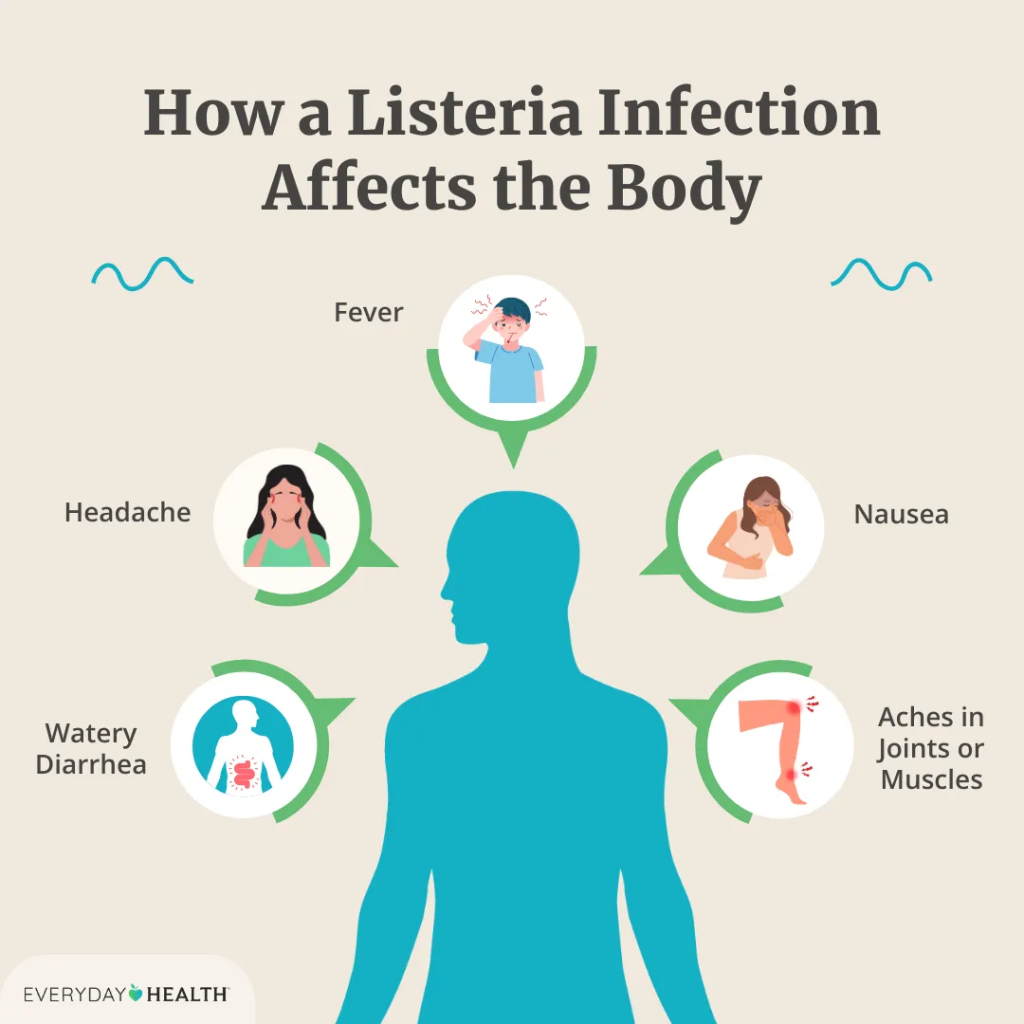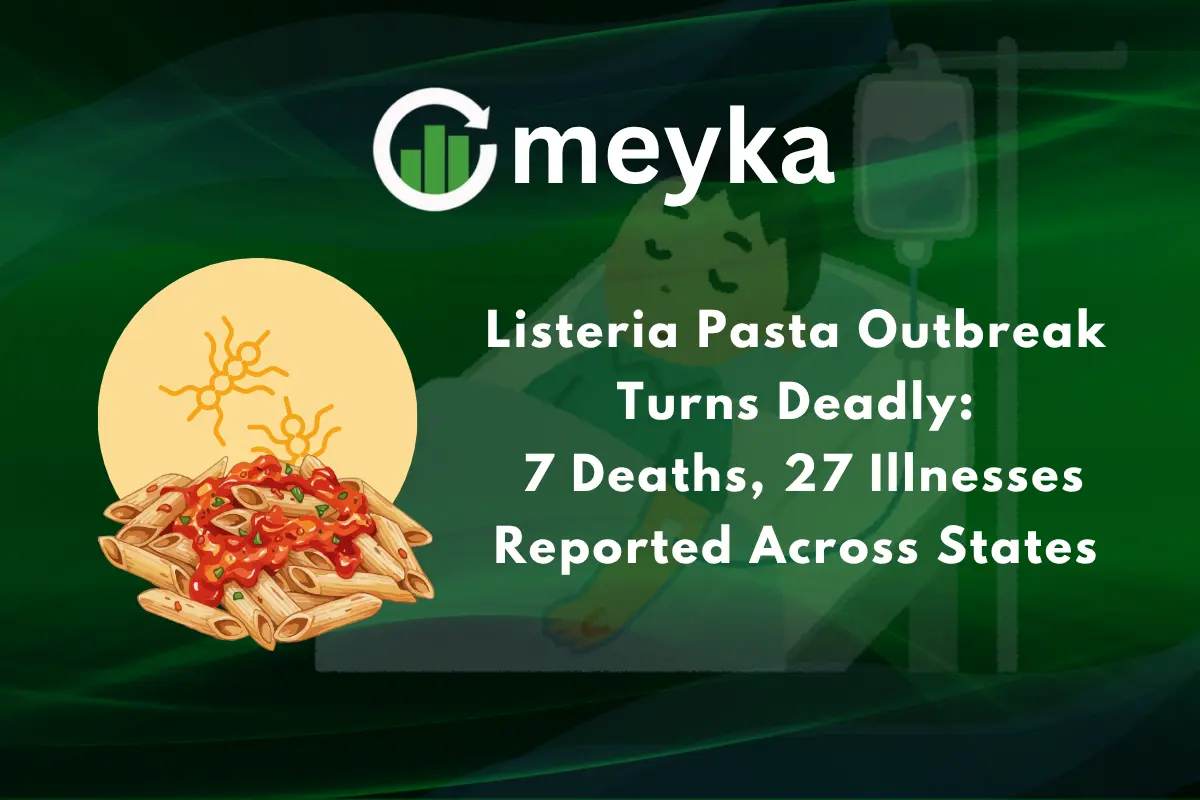Listeria Pasta Outbreak Turns Deadly: 7 Deaths, 27 Illnesses Reported Across States
On October 31, 2025, U.S. health officials raised the alarm. They confirmed that a deadly outbreak of Listeriosis has hit at least 27 people across 18 states, and caused 7 deaths. The outbreak is linked to ready-to-eat pasta meals sold in major grocery chains. These meals, which many thought were convenience food, are now under scrutiny. The bacteria, Listeria monocytogenes, can hide in chilled foods and strike when least expected. This incident shows how fast a simple weeknight dinner can turn into a serious risk.
Let’s walk through what we know so far: how the outbreak began, who is most vulnerable, and what you should do to protect your family. Stay with us, this is more than just a food recall; it’s a wake-up call.
Timeline and Scope of the Listeria Pasta Outbreak
Health officials first linked illnesses to the contaminated pasta in late September 2025. The FDA announced an expanded recall on September 30, 2025, after tests found Listeria in pre-cooked pasta supplied by Nate’s Fine Foods.
By November 3, 2025, authorities reported 27 illnesses and 7 deaths across 18 states. Most sick people required hospital care. Public health agencies continue to log new cases and check if more products are involved.
The recalled items include ready-to-eat and heat-and-serve pasta meals. These were sold in deli, refrigerated, and frozen sections. Major retailers named in recalls include Trader Joe’s, Kroger, Walmart, Sprouts, and others. Consumers nationwide should verify their purchases.
Source of Contamination
Investigators traced the contamination to pre-cooked pasta batches made by Nate’s Fine Foods of Roseville, California. The pasta was an ingredient in many prepared meals and deli salads. FDA testing linked the outbreak strain to samples from those pasta lots.

Cross-contamination at processing or storage is a likely factor. Listeria can survive in cool, damp places. It can cling to equipment and form persistent reservoirs if cleaning and sanitizing fail. The exact point of contamination remains under review. The FDA and company records are being examined.
Retailers quickly pulled affected products after the supplier’s recall. Some lots reached store shelves and home refrigerators before the problem was known. That expanded the reach of the outbreak beyond the original production region.
Health Impact and Symptoms
Listeria monocytogenes causes listeriosis. Symptoms can start days to weeks after eating contaminated food. Early signs include fever, muscle aches, and fatigue. Some people also have nausea or diarrhea. In severe cases, the infection spreads to the nervous system. That can cause headache, stiff neck, confusion, loss of balance, or seizures.

Pregnant people face unique risks. Infection can cause miscarriage, stillbirth, premature delivery, or life-threatening infection in newborns. Older adults and people with weakened immune systems are also at high risk. Prompt medical care matters. Doctors can treat listeriosis with antibiotics.
Public reports indicate many hospitalizations. Officials said most of the 27 reported patients required inpatient care. Fatal outcomes have multiplied as the investigation continued through late October and into November 2025.
Listeria Pasta Outbreak: Company Response & Recall Measures
Nate’s Fine Foods issued a recall after FDA testing flagged the pasta. The recall covered specific lot codes and production dates. The company said it is cooperating with federal and state agencies. Retailers issued separate recalls for prepared meals that used the contaminated pasta.
Retailers have offered refunds and asked customers to discard affected items. Some stores posted in-store notices and emailed shoppers with loyalty accounts. Foodservice suppliers also traced deliveries to limit further spread. The recall spans multiple brands and private-label products, which complicates consumer checks.
Nate’s reported that it does not sell directly to consumers. Instead, it supplies other companies that assemble finished meals. That supply-chain structure means one contaminated ingredient can ripple through many brands and labels.
Government and Public Health Response
The Centers for Disease Control and Prevention and the FDA lead the response. State health departments help with case interviews and tracing where sick people shopped or dined. The USDA’s Food Safety and Inspection Service issued alerts for products under its jurisdiction. Officials urged consumers to check refrigerators and freezers for recalled items.
Laboratories used genetic testing to match patient samples with food isolates. That technique helps confirm links between illnesses and specific products. Health agencies also posted lists of recalled items, lot numbers, and use-by dates on official websites so shoppers can verify products quickly.
Public health advice emphasizes early reporting. People who have eaten recalled pasta and feel sick should contact a healthcare provider and mention possible Listeria exposure. Pregnant people or those with weakened immunity should be especially cautious.
Consumer Safety Tips and Prevention
Discard recalled items immediately or return them to the store for a refund. Clean any surfaces or containers that held the food. Listeria can spread in refrigerators, so sanitize shelves and drawers thoroughly. Use hot, soapy water and then a sanitizing solution.
Cook or reheat foods according to package instructions. Hot internal temperatures kill most bacteria. Still, ready-to-eat chilled foods can be risky if contaminated after cooking. Pay attention to “use by” dates and single-serve deli meals. Avoid eating suspect products if pregnant or immunocompromised.
Check official recall pages frequently. Retailers may update lists as investigations find more affected lots. News outlets and AI-driven maps have also been used to show where recalled products were sold. Use only trusted sources for recall verification.
Broader Context: Past Listeria Pasta Outbreaks
Listeria has caused several high-profile outbreaks in recent years. Past incidents involved deli meats, soft cheeses, cantaloupes, and ice cream. Those events prompted stronger rules for sanitation and monitoring in food plants. Still, the bacterium remains a persistent threat to ready-to-eat foods.
Investigators often find that Listeria can persist in processing environments for months or years. That reality drives regulatory emphasis on environmental testing and equipment design that reduces harborage points. Manufacturers and retailers have to stay vigilant.
Wrap Up
This Listeria pasta outbreak shows how a single ingredient can affect many products. The recall and ongoing probes aim to stop more illnesses. Consumers should check the official FDA and CDC recall pages and follow retailer instructions. If symptoms appear after eating recalled pasta, seek care and mention possible Listeria exposure. Staying informed and cautious can reduce risk.
Frequently Asked Questions (FAQs)
As of November 3, 2025, pasta from Nate’s Fine Foods was recalled. It was sold under several store brands, including Trader Joe’s, Kroger, and Walmart.
Eating pasta with Listeria can cause fever, muscle aches, nausea, and diarrhea. In serious cases, it may lead to hospitalization or infection in the blood and brain.
Check the FDA recall list. Look for the brand name, lot code, and use-by date on the package before eating or storing the product.
Disclaimer: The content shared by Meyka AI PTY LTD is solely for research and informational purposes. Meyka is not a financial advisory service, and the information provided should not be considered investment or trading advice.






